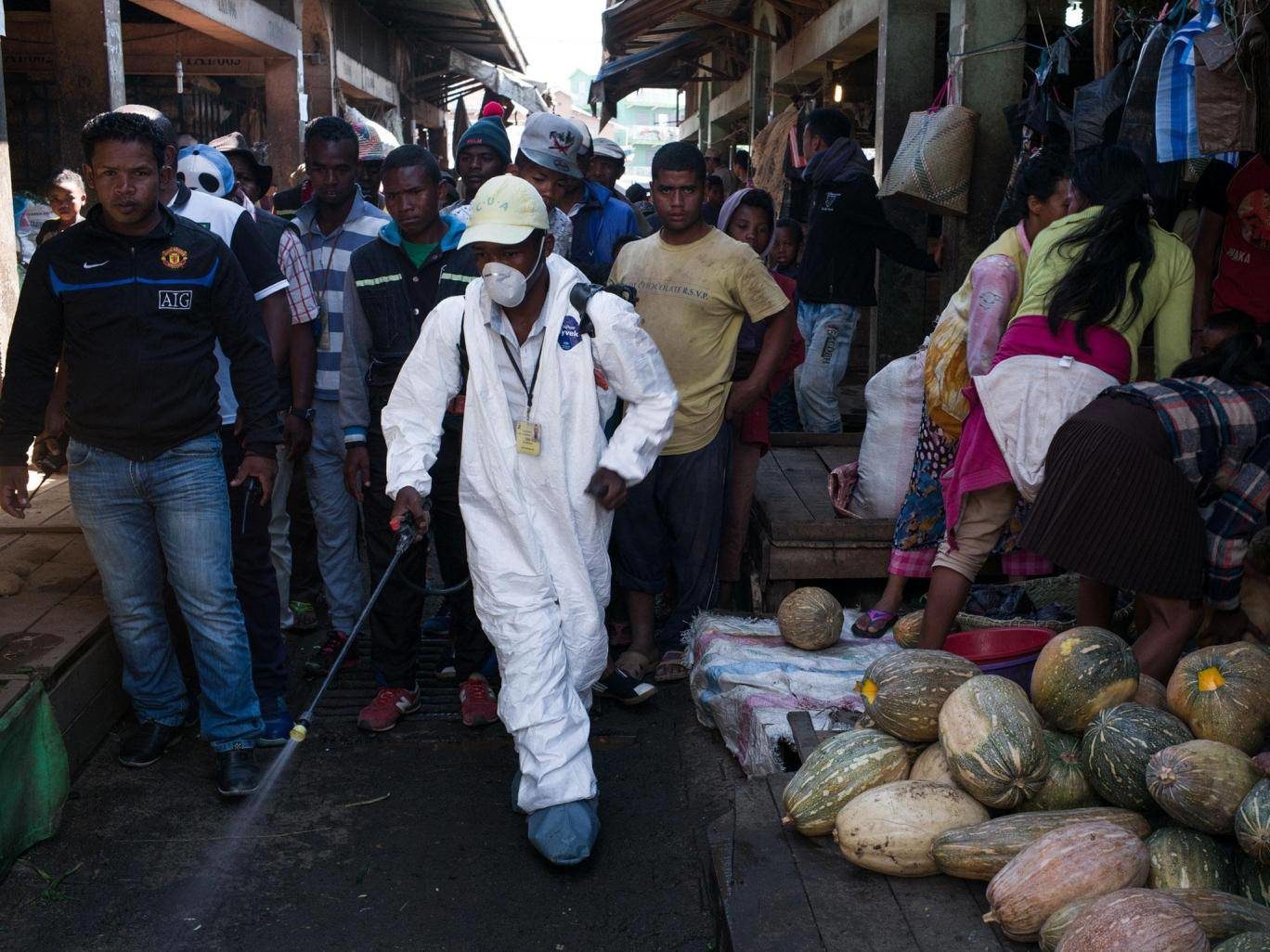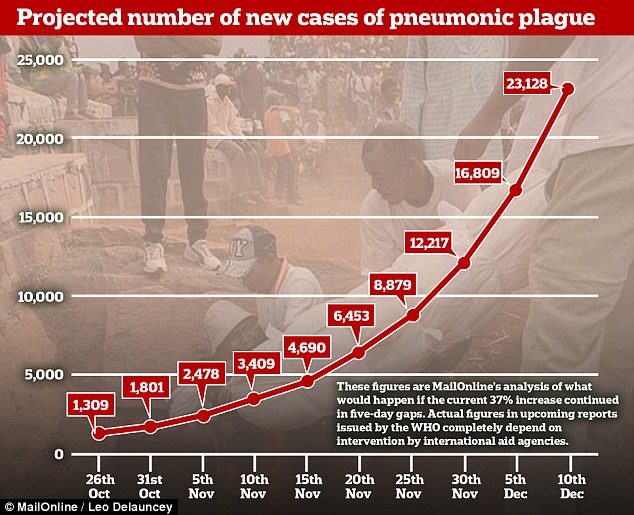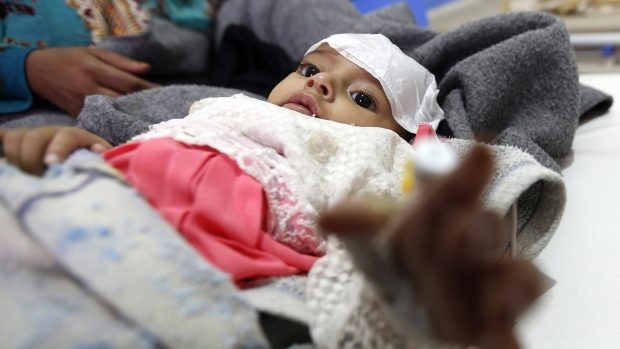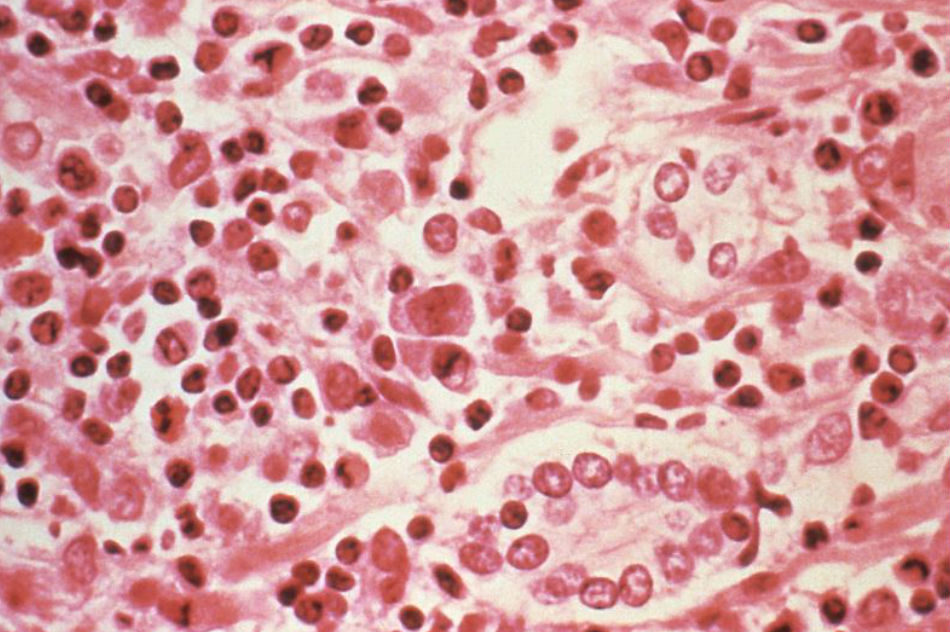OF THE
TIMES


"... we found that the microwave spectra at the solar minima of Cycles 20-24 agree with each other. These results show that the average atmospheric structure above the upper chromosphere in the quiet-Sun has not varied for half a century, and suggest that the energy input for atmospheric heating from the sub-photosphere to the corona have not changed in the quiet-Sun despite significantly differing strengths of magnetic activity in the last five solar cycles."See Figure 1 above.

The Madagascar Plague is actually three plagues.
The first is bubonic - the type which ravaged Europe and the Mediterranean in the thirteen hundreds, leaving up to 60 percent dead.
Actually, the bubonic plague was universally and unequivocally believed to be the cause of the Black Death in the thirteen hundreds, despite the fact that it is well-established as biologically impossible. For more information, see: New Light on the Black Death: The Viral and Cosmic Connection.
The second is pneumonic - a super strain of the yersinia pestis bacterium which always results in death.
The third, more rare strain, is septecaemic - a life-threatening infection of the blood.
In Madagascar plague is endemic, and flare-ups cause public health emergencies on an almost annual basis but now the nation faces an uncontrolled epidemic which is terrifying the world's health agencies.
Between 1 August and 27 October, 113 people had died and 1,554 cases reported - out of which 985 were pneumonic plague, 230 bubonic plague and 339 unknown.




Comment: Flu season is proving to be particularly brutal this year: